Lübeck was founded as "Liubice" (meaning "lovely" or "beautiful") around 1000 AD. In 1226, Lübeck became a Free Imperial City, reporting directly to the Emperor of the Holy Roman Empire. From the late 1200s until the late 1600s, Lübeck was the capital of the Hanseatic League - an organization of merchant cities in the Baltic region. By the late 1600s, Lübeck was the third largest city of the Holy Roman Empire, behind only Cologne and Prague. The city remained free until 1806, when it was occupied by the French for several years and then joined the North German Confederacy.
As the capital of the Hanseatic League, the city was a central landmark in the network of ports surrounding the Baltic Sea. For hundreds of years, Lübeck has been the "City of the Seven Towers". Even after a devastating bombing raid in 1942, those towers adorn the Old Town skyline on the island in River Trave. The streets are lined with the houses, guilds, shops and warehouses of merchants, all a historical testament to the trade that brought prestige and power to the town in the Middle Ages. . The Town Hall is filled with that prosperity, while the five main churches are still decorated with Medieval and Renaissance art.
What to see and do in Lübeck?
- Holstentor: More than just a building, Holstentor, guarding the west entrance of the Old Town is a landmark all over Germany. Started in 1464, the gate features Lübeck's signature North German brick Gothic design. There are two round towers beside the walkway and a smaller decorative tower on the street. There are two terracotta moldings running around the gate while on the city side the facade has three levels of small ogival arched windows. Inside is a small museum of Lübeck's power as the Free and Free Royal City, using period instruments, ship models, armor and weapons.
Salt Warehouse (Salzspeicher): After passing through Holstentor, one of the first attractions that greets visitors in Lübeck is the six blocks of historic warehouses on the Obertrave. The oldest of these is from 1579 and the newest is from 1745. The salt brought to the city from Lüneburg southwards will be stored in Salzspeicher for export to Scandinavia for the herring trade. . In the past, there used to be wooden houses of herring traders in front of barns by the water. Weimar movie fans will be excited to know that these covered buildings appear in FW Murnau's classic Nosferatu as the vampire's home in Wisborg.
- Burgtor: Possibly overshadowed by the more famous Holstentor on the old west wall, Burgtor is Lübeck's other remaining gate. Right next to the Hansemuseum, the gate protects the northern access to the Altstadt and was built in late Gothic style in 1444. The Baroque bronze dome on the main tower dates from 1685. From the lawn to the east, Visitors can also see a rare fragment of the city's fortifications: A circular tower and curtain wall with arrow rings. Crossing the Burgtorbrücke (bridge), you will encounter two lions guarding the entrance of 20th-century sculptor Fritz Behn. This is the counterpart of the lions at Holstentor produced by Daniel Rauch in the 19th century.
St Mary's Church: Dating from the 13th and 14th centuries, its Brick Gothic design was recreated in dozens of churches around the Baltic in the Middle Ages. In the style of the German Medieval Hall Church, this building has no rolling doors. The nave is exceptionally high and 38.5 meters contains the tallest brick vaults in the world. The two towers are incredible 125 meters tall and were the last to be completed in the 1350s. A surprising amount of artwork came to the church in wartime, like the century-old bronze baptismal font. 14, 15th-century Darsaw Madonna, assembled from hundreds of pieces, and a winged altarpiece from 1495 by Christian Swarte.
- Hospital of the Holy Spirit: At Koberg Square in Altstadt's Jakobi North Quarter, Holy Spirit Hospital is one of the oldest social institutions in the world. Founded in 1286 and secularized after the Reformation, the hospital was a sign of medieval Lübeck's social conscience, taking care of the poor, the elderly and the sick, helping them survive in the heat of the world. harsh times. The residents were provided with food, shelter, and warm baths eight times a year, and the hospital continued to operate until the 1960s. Today, visitors can explore the architecture that has gone through. more than 700 years. There are 14th-century frescoes on the church's porch and nave, as well as a 16th-century altar. At Christmas, this stately setting welcomes an arts and crafts market. international.
- Lübeck Cathedral: Built by Henry the Lion after Lübeck became a Methodist Church in the 12th century, Lübeck Cathedral is one of the oldest monuments in the city. It was severely damaged in 1942, the building was restored and re-consecrated in 1973. Due to breaking medieval rules, the church is not the tallest church in the city, this was caused by tension between the bishop of Lübeck and the city's powerful merchants, who often went to St Mary's Church. Visitors come here to see Late Gothic and Baroque art that has survived unscathed. The carvings on the rood screen and the 17-meter-tall victory cross are the work of Bernt Notke from the 15th century, while Flemish sculptor Thomas Quellinus has produced a series of works for mortuary chapels. on the south aisle.
- St Peter 's Church: The Roman St Peter's Church was first mentioned in 1170 but was a ruin in the second half of the 20th century and was only restored in 1987. This church is no longer in service and instead it is an exhibition and function space. For Christmas in Lübeck, visit the arts and crafts market. The rest of the time, the main target should be the church's observatory, which, at 50 meters, provides the best panorama of the city. If the sky is clear, you can see as far as the Baltic on sunny days. Outside find the Danziger Glocke bell, cast in 1647.
- Town Hall: Among Germany's largest medieval town halls and another photogenic landmark in Lübeck, the town hall was first mentioned in 1225. It was originally a follow-up building. Romanesque style, visitors can see a Romanesque blind arch in the retaining wall. The first town hall was destroyed by fire in the mid-13th century, so the pointed arches on the Markt date back to that time. Renaissance additions were made to the north in the 1570s, and the light sandstone used during this period contrasts beautifully with the dark brickwork of earlier constructions. There are three tours each day, Monday through Friday, leading around different halls such as the audience room (Audienzsaal). In this old courtroom at the audience hall, the doorways are of different heights, implying that innocent defendants can leave with their heads held high while the guilty must stoop.
- Home of Willy Brandt (Willy Brandt Haus): Nobel laureate and one of Germany's most beloved politicians, former Chancellor Willy Brandt was born in Lübeck in 1913. The museum opened in 2007. on his 94th birthday and the place chosen as a museum is an old Burgher house in need of restoration. From a young age, Brandt has lived an extraordinary life and this is told through exhibitions, through news clippings, interviews and documents such as Brandt's graduation certificate. Visitors will discover his resistance efforts, his life in exile to Norway and his role as a reporter during the Nuremberg Trials. He was mayor of Berlin when the wall was built, and the museum has a letter he wrote to John F. Kennedy at the time. The largest space is dedicated to Brandt's efforts to bridge Germany's north-south gap, promote human rights and encourage a friendlier relationship with the GDR.
- A stroll on the Obertave: The southwest curving of the old city of Lübeck was not badly damaged by war and bombings in 1942, it is still full of medieval and Renaissance architecture. The best way to enjoy it all is to walk along An der Obertrave, the 720-meter promenade next to the River Trave. The road stretches with beautiful houses with terraces and round gables. Summer is the perfect time to visit this part of the city, when café terraces take over the promenade and visitors can watch the river and the opposite green bank from a bench.
A must-try local dish?
- At Café Niederegger (Breite Straße 89, Lübeck) enjoy a marzipan pastry. Famous for making macaroons hundreds of years ago, the 212-year-old Café Niederegger serves up 100% pure macaroons (with no additives) and a wide range of marzipan delicacies, including tarts, cakes, drinks, liqueurs and chocolates. Try their most famous dish, the nut cake. It's also the perfect place to shop for authentic souvenirs for loved ones back home. The main cafe is right in the city center, while there are also several branches in the city.
 Register
RegisterSign in Travel Agent
Sign in Supplier
Sign in Affiliate
Sign in Guru

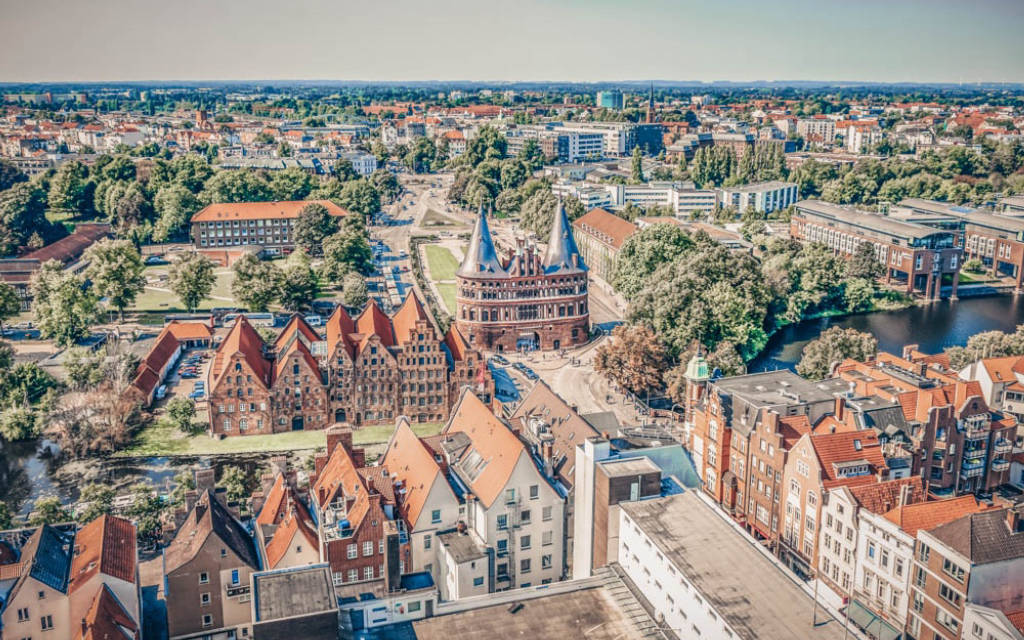
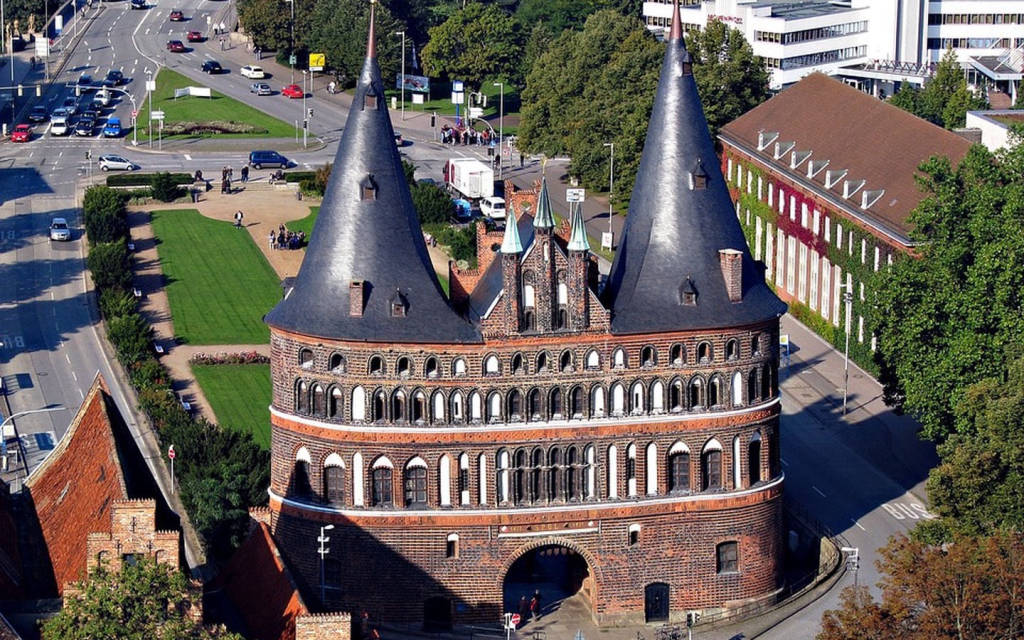
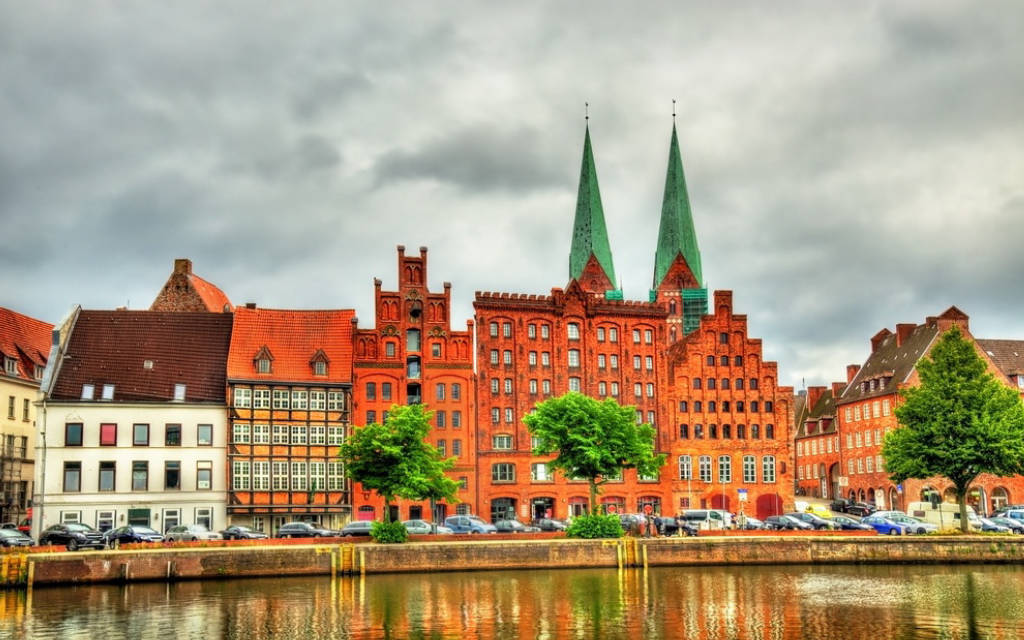
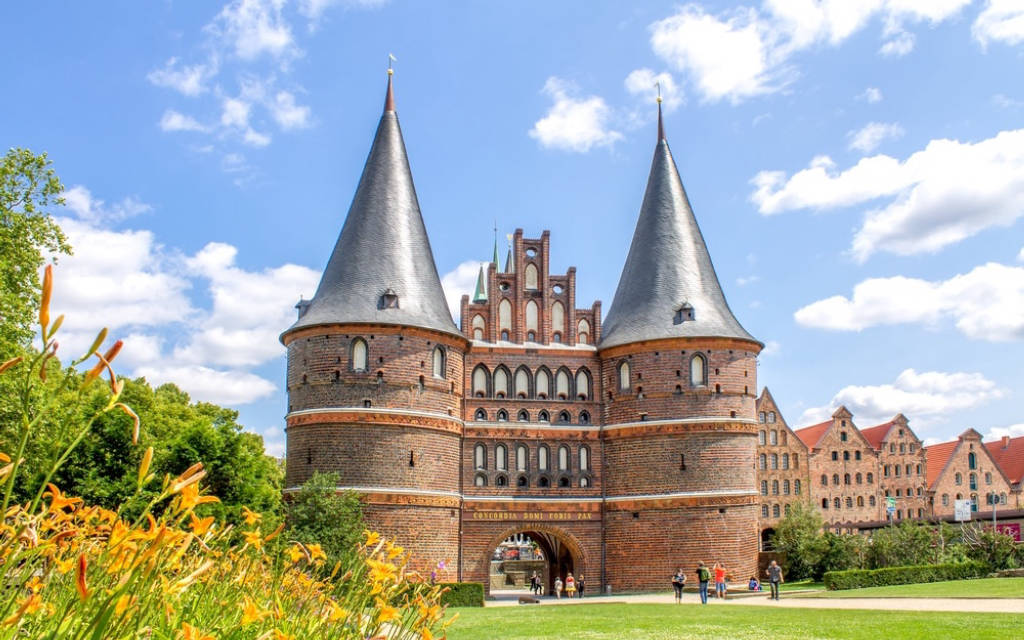
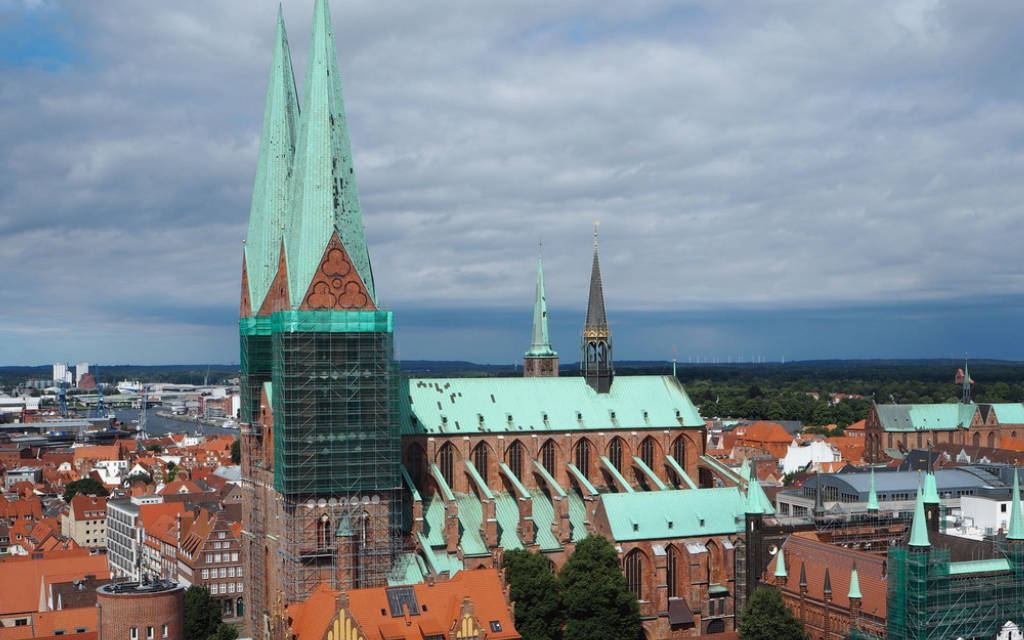
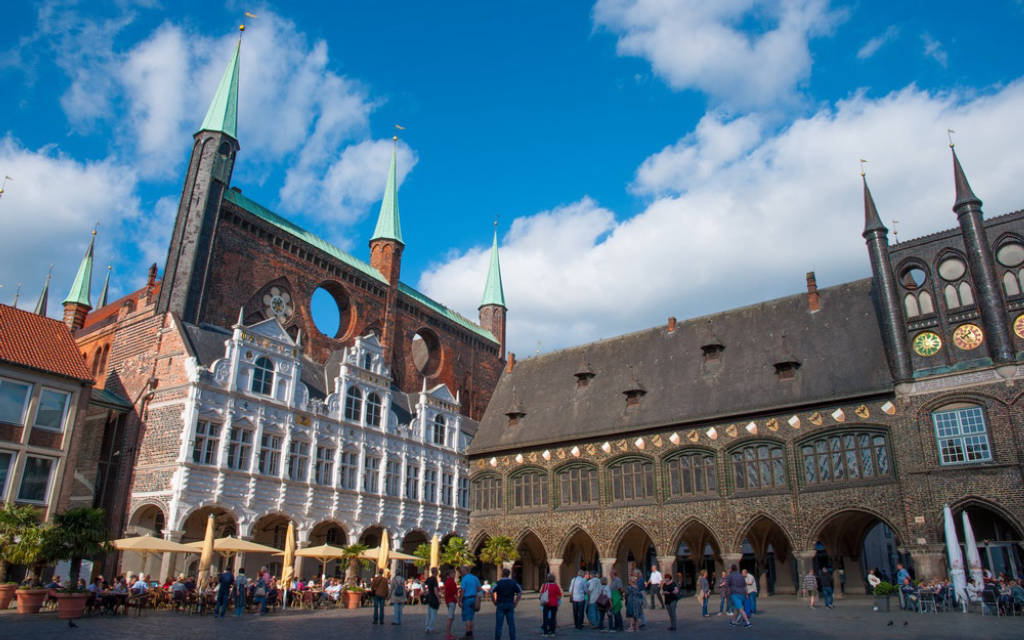
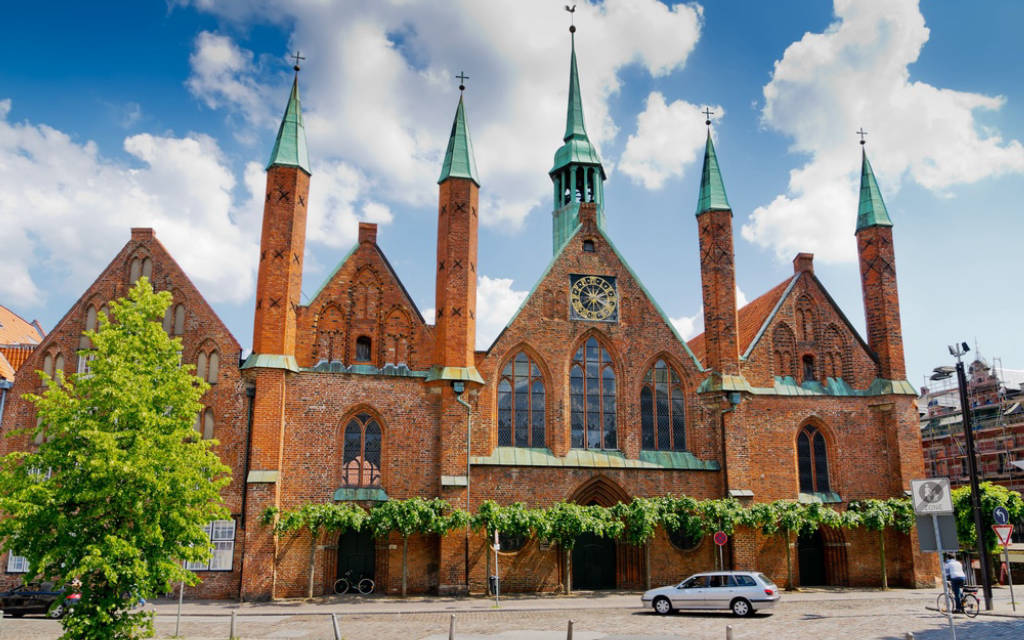
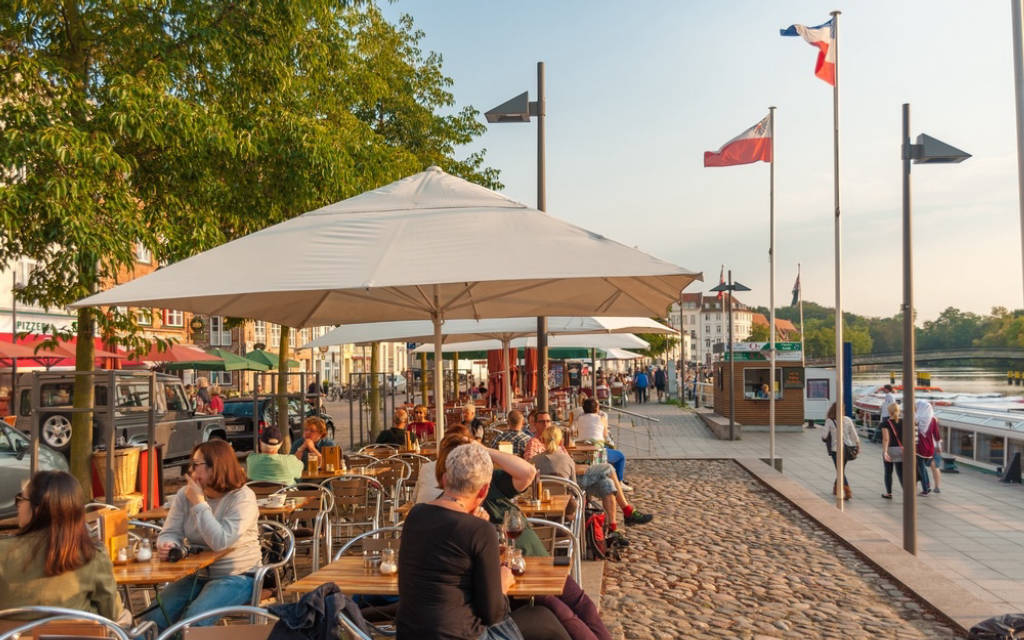
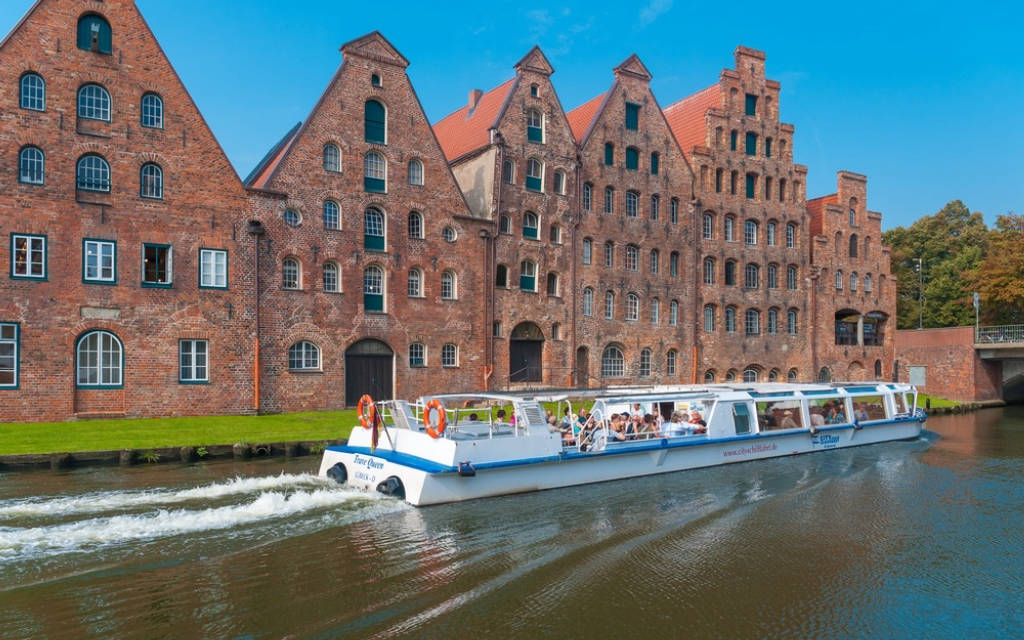
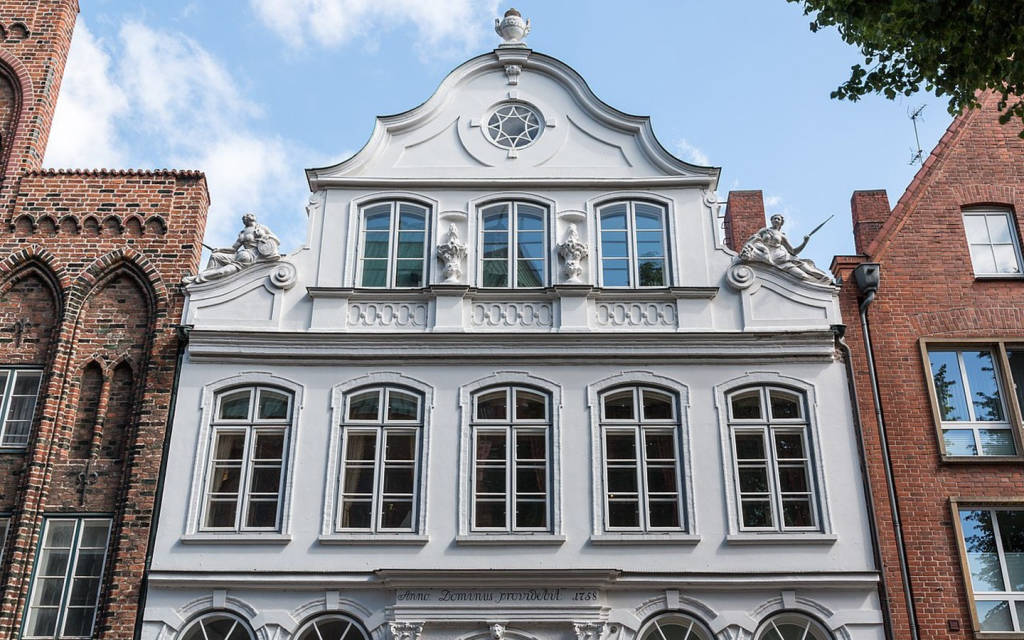
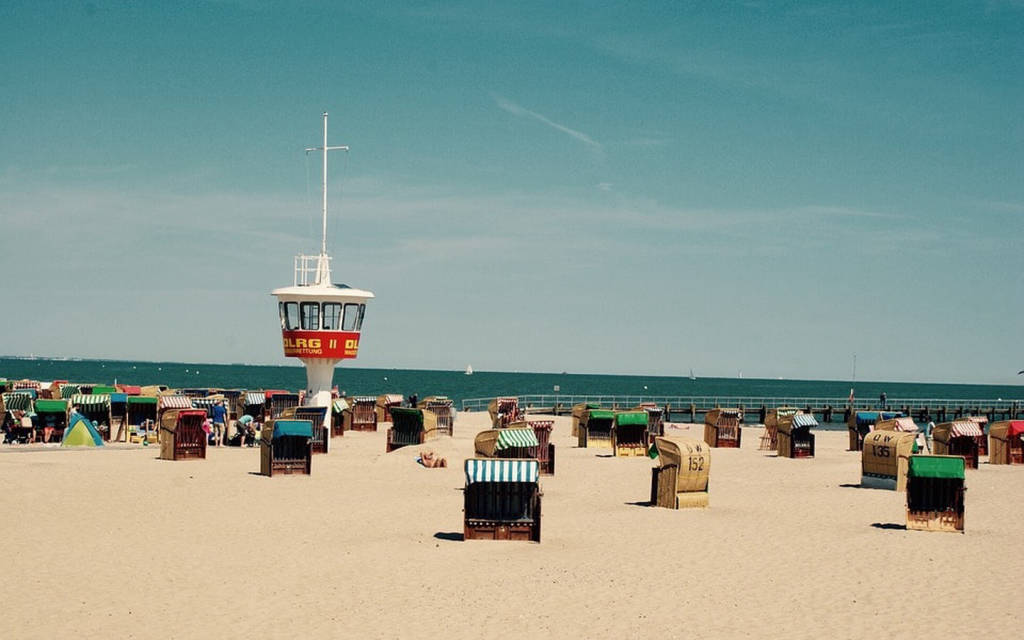











 Lübecker Altstadt, Lübeck, Germany
Lübecker Altstadt, Lübeck, Germany